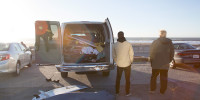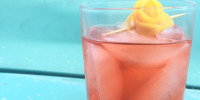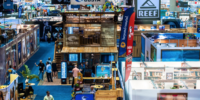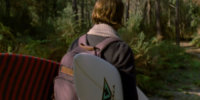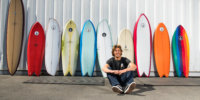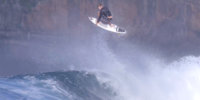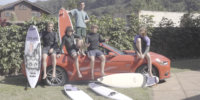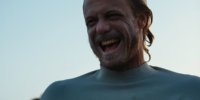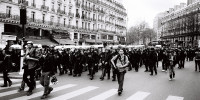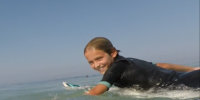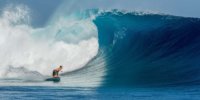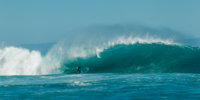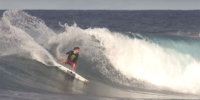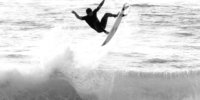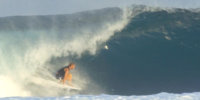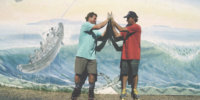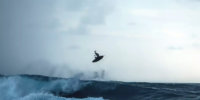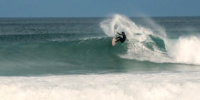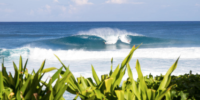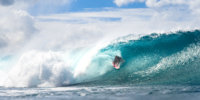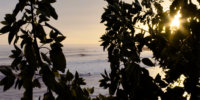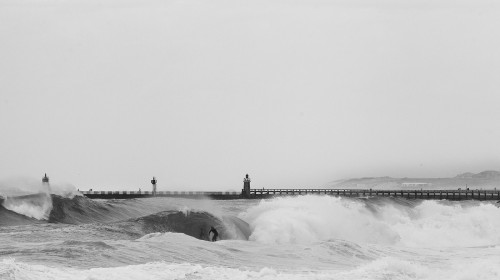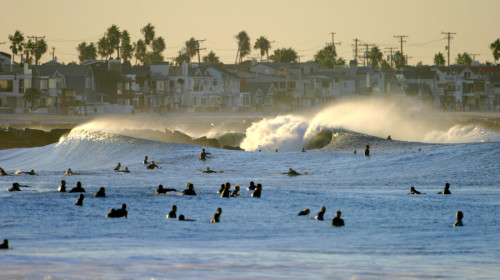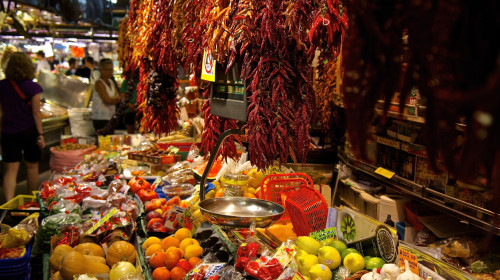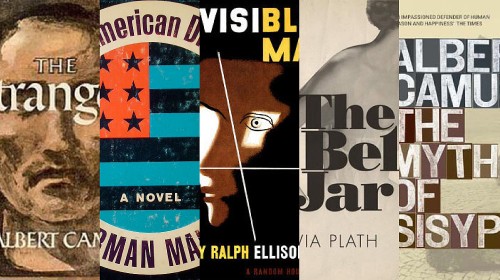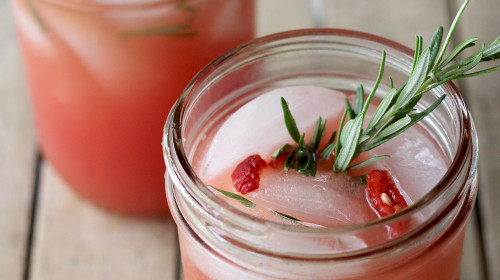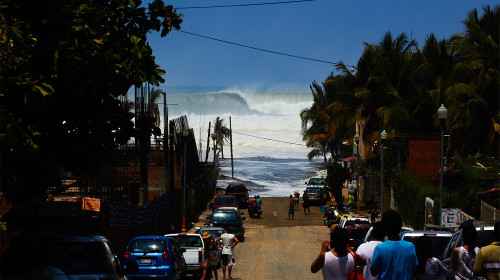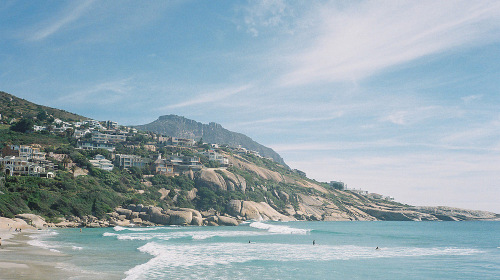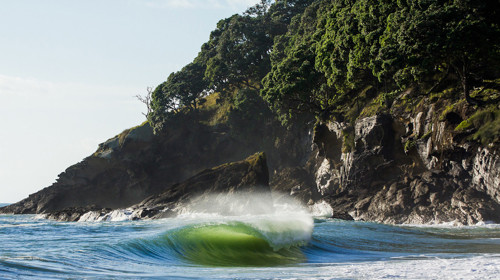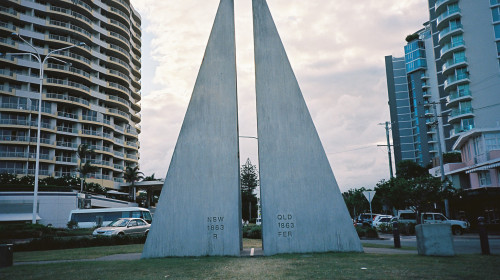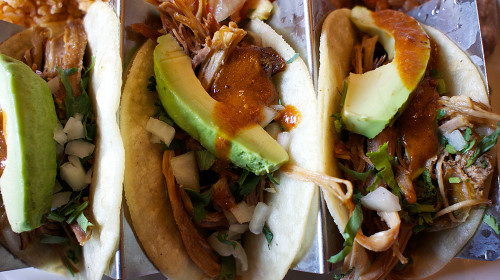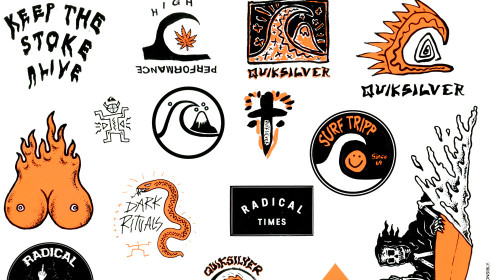Mar del Plata, Argentina, “the sea of silver.” A shimmering escape for those looking to dance along wind swell wedges, lock hips with a spiraling Latina and drink ’til dawn. Of all South American surf trips, we’ll wager that Argentina is the least frequented, so we went for you. We sampled the local reds, gorged on Asado, and surfed our brains out on waves born off Antarctica. All done in honor of you, so that you’ll be inspired to break free of your usual itinerary and flee with passport in hand. This is what we found.—Jake Tellkamp
Getting There
Look for flights into Buenos Aires in the early morning or late afternoon so that you can catch a connecting flight into Mar del Plata. If you time it right, you’ll bypass a five-hour drive that features a lot of cows grazing in green pastures — but if you can’t, you’ll understand why Argentina has some of the best beef and cheese in the world.
Once there, you’ll need to hire a car so that you can get around — but be cautious, driving in Argentina is anarchy in automotive form. Red lights are mere suggestions and right of way is determined by who has the biggest cajones. Argentina has a unique set of rules that you should probably look up before you get behind a wheel.
When To Go
It seems like a far fetched coincidence, but according to the Marplatenses that I spoke with, there is a significant summer time swell on every New Years. This annual swell coincides perfectly for those looking to mingle with the voluptuous vixens that flock to the dance parties held on the beach. March is the most consistent time of the year however featuring summer’s water temps and winter’s waves.
Food And Drink
Argentinian cuisine is worth the journey all on its own. Swing over to Antares for an impressive selection of beer and tapas. The country’s national dish is “milanesa,” a thinly cut, breaded steak that each joint does a bit differently. No trip to Argentina is complete without one. Casa De Té is a serene sanctuary hidden amongst a lush rain forest at the edge of town in the Bosque de Peralta Ramos sector. If the waves aren’t cooperating, the tea house is a tranquil way to spend an afternoon. Plus, it is owned and operated by one of the first and most recognized Reef models, who is as kind and warm as she is beautiful.
For wine, try a glass of Malbec and if you want an authentic Argentinean buzz, drink Fernet with coke.
Night Life
I’ve sinned on the Island of Gods, danced with bikini clad lushes at Aqua Lounge in Bocas Del Toro and sunk to new lows in Coolangatta, but in all my travels, nowhere comes close to the partying in Mar del Plata. Watching the sun rise from a nightclub on the beach is as strange as it is thrilling. Mute and Samsara will have you dancing your ass off till dawn as the DJs don’t stop spinning till 7a.m..
Where To Stay
If the prospect of driving is off putting, stay in the city. Within walking distance, you’ll have a few options for waves and entertainment. Next to the gargantuan casino, is the best skate park in South America, drum circles and a nightly artisan fair.
The countryside just south, referred to as Mar del Plata Faro is where my recommendation would be if you’re automotive inclined. You’ll enjoy less-crowded lineups and if you continue south on the 11(the coastal highway), you can drive all the way to Patagonia if you got the cash for gas and the thirst for adventure.
The vast majority of waves can be seen from the coastal highway in Mar del Plata Faro. There are campsites, backpacker hostels and a few modest hotels. The Geko is close to the surf and out of the hustle and bustle of the city.
What To Bring
Sunblock. The strongest you can find. Like Australia, Argentina has a hole in the ozone layer in the sky above and if you don’t lather up, you’ll be burnt into submission.
If you don’t want to shell out a small fortune to bring a board with you, drop a line to the local shaper @camaronbrujo and he’ll sort out a sled for you. He’s quite the craftsmen and a true to roots family man, your money will be well spent. If traveling in summer, you’ll need a short-arm full. In March, the water temps can fluctuate from warm to bitter cold, so if you are in need of more rubber, pay Ala Moana surf shop a visit and receive a complimentary history lesson about Mar del Plata’s surf scene.
Waves
Think Florida in Fall. South wind builds the short interval swell and a day of offshores follows, grooming the waves for a few hours before flattening things out. While wave height might be lacking, there are setups galore to make up for it. Biologia, next to Waimea is the premier wave in town. Located between two long jetties, there are wedges and ramps galore. The best area to stay is Playa Grande for waves and when the sun goes down, the parties rage right there on the beach.
If you are looking for world class waves, look elsewhere. If you are looking for a passport stamp that is unique to your friend group, Mar del Plata is a wondrous place to travel to for an enriching cultural experience and playful surfs.
History
If you fancy futbol, then you are well aware of the sporting rivalry that exists between the Brazilians and Argentinians. And if you aren’t (and I certainly don’t blame you), well you should know that passionate banter and punch-ups are common between the fanatical. I have been told by members on each side that had the World Cup gone to the Argentinians instead of zee Germans, there would have been quite the riot in Rio.
The best of Argentinean surfers follow in the footsteps of Argentinean born, but Brazilian raised world tour surfer Alejo Muniz. Many of them move to Brazil to compete and make friends amongst the storm. No national bigotry in the world of surf. Or at least, between these two countries.
Disappointed, I wasn’t. For the story I did find was even better than futbol-inspired fisticuffs.
Surfing has evolved quite differently in Brazil and Argentina. For Brazil, surfing is very much a sport and it is actively pursued by five million strong. With Adriano De Souza crowned in 2015, the allure of professional surfing is at the forefront of the youth — right up there with futbol. While Gabriel Medina might be blessed with extra terrestrial ability, Adriano is the working man’s hero — a relatable icon for all of those looking to surf their way out of the favela.
In Argentina, surfing is much smaller. Maybe 200,000 thousand in all. But many who are proficient at wave riding, honor the counter-culture side of surf despite the recent success of their arch-sporting rival. Argentina is a place where mini-Simmons, longboards and free surfing is at the forefront of cool — a romantic counterbalance to their Portuguese speaking compadres. Wonder why? A lesson in history.
Mar del Plata or gringo for “the sea of silver” is ground zero for Argentinian surfing. Founded in 1874 by a Basque merchant, the town roared out of the Great Depression in vogue with European styled architecture and private shores for the Buenos Aires elite. When the rubble settled post World War 2, many of those strapped with cash re-routed their vacations back to Italy, the motherland for many Argentines.
The tourism boom had subsided greatly as each summer’s flux would decide the fate of the once prosperous town. It was in this time of turmoil, that the military began to set up shop, and Mar del Plata, with the grandest casino in the southern hemisphere, started to grow into a city of industry. In the early 20th Century a port was built to increase turnover, and the elongated jetties they used created wedges on either sides. As always, those with the money and power began to abuse it. In 1976 the military staged a coup d’etat and kidnapped and killed tens of thousands of opposition members. Drunk of their blood lust, the military dictatorship went on to ban surfing in 1977.
A resistance was formed in response led by brothers Fernando and Santiago Aguerre and their young mother Norma Mattalia. Fernando founded the Argentina’s first surfing association, and they fought back against the military dicks with rock and roll blaring out of their PA system at rag tag surf contests. Fernando then went on to start a surfing talk show that played on the only radio station and on one of two TV channels. One year later they succeeded in having the ban lifted. Surfing popularity exploded, and feeling a need for a legit surf shop, they opened Ala Moana, made a fine profit, and showed the military bastards that surfing in Mar del Plata would help bring back the tourism dollars that it needed to get through winter.
With their pockets moderately lined for the first times in their lives, Fernando and Santiago spent their winters traveling abroad. Santiago to Brazil and Peru, and Fernando to California and Hawaii, bringing back the ethos of aloha and soul. Enchanted by the waves, women, and culture of California and Hawaii, Argentinian surfers named their surf spots after the fabled breaks that they heard about. They named their cobblestone point, Waikiki and the left wedge of Playa Grande, Waimea. They even called one stretch of sand, “Honu” which translates to turtle in the native tongue.
The prohibition had lasted only a couple years, but the rebellious spirit of surfing would stay forever. And as that seems to be fading more and more from our culture, it is refreshing to see people paddling out just for the hell of it.

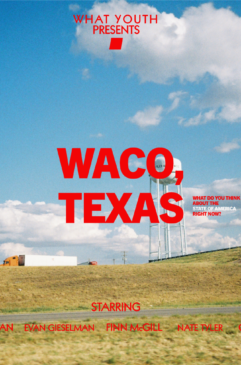
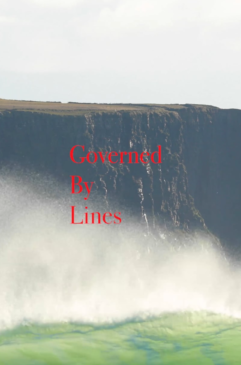
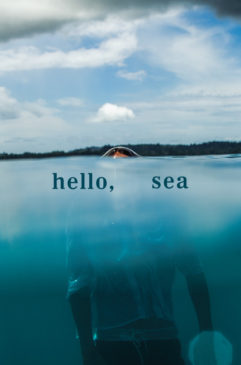
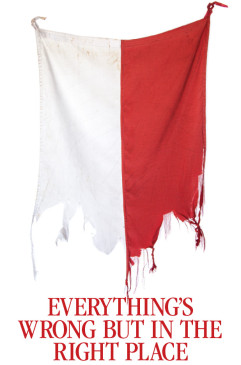
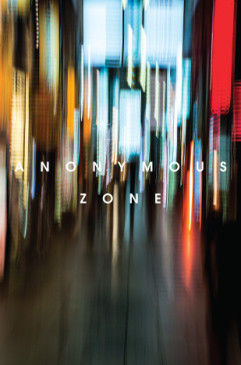

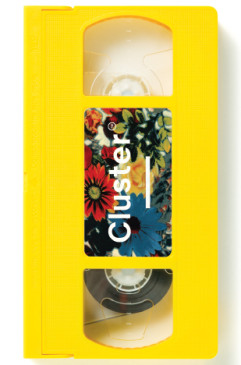
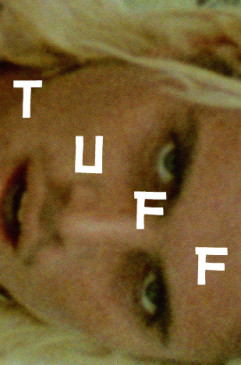
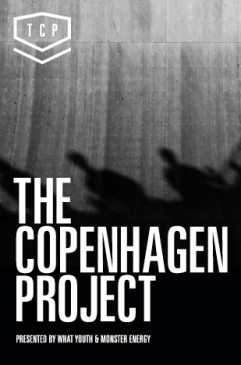
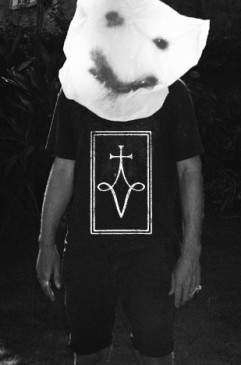
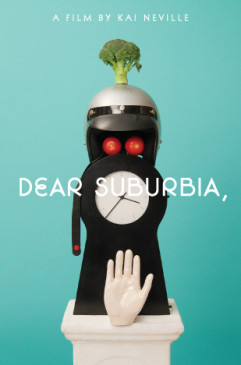
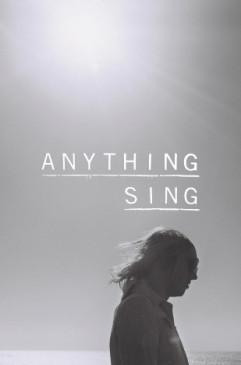


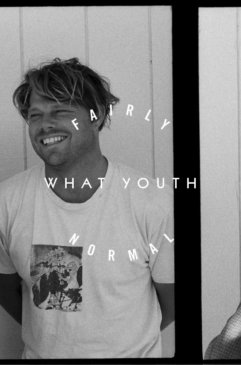
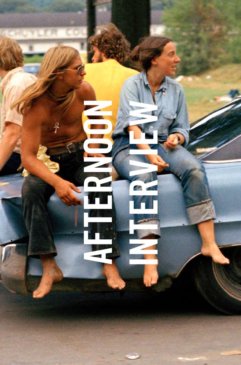
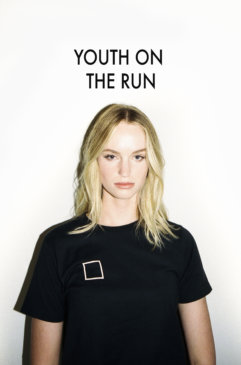
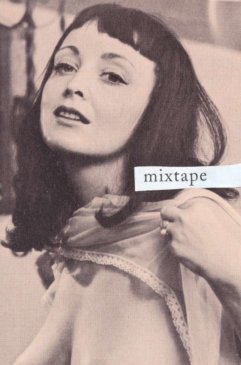
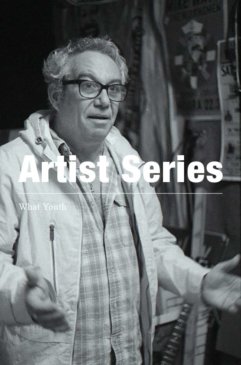
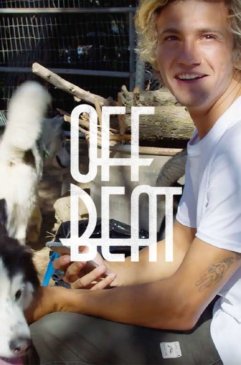
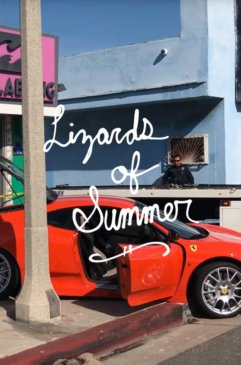

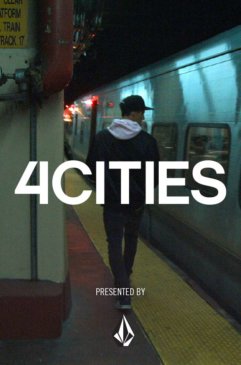
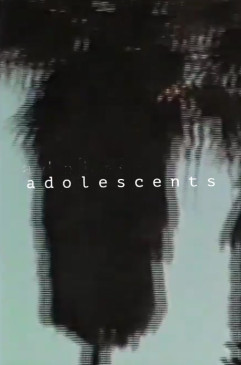
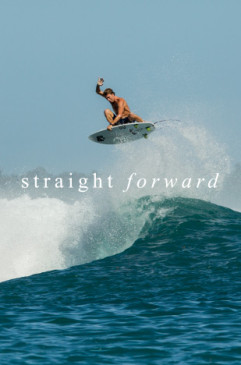
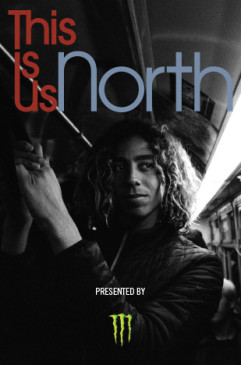
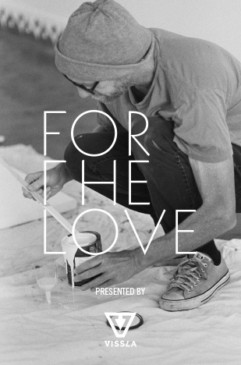
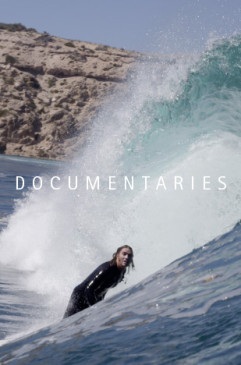
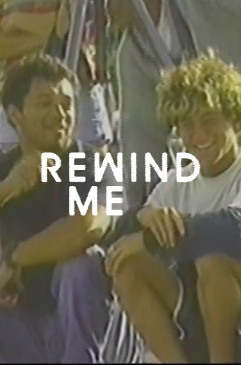
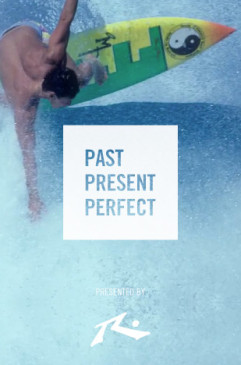
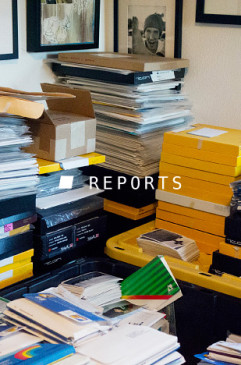
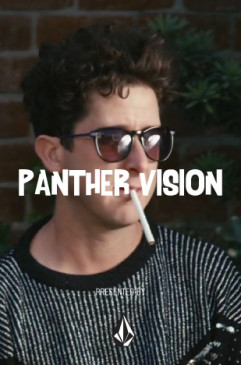
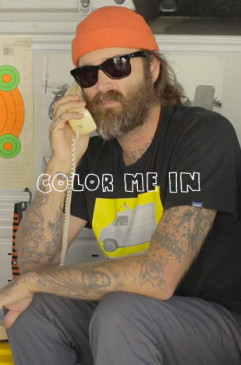
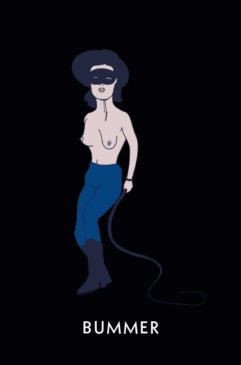
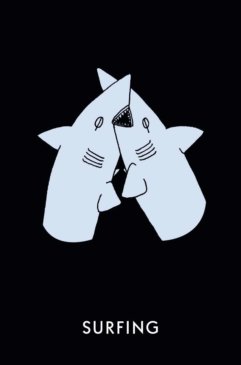
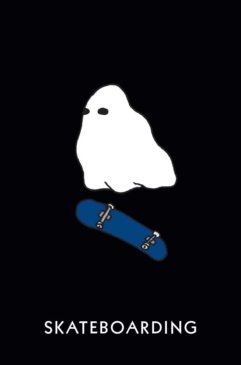
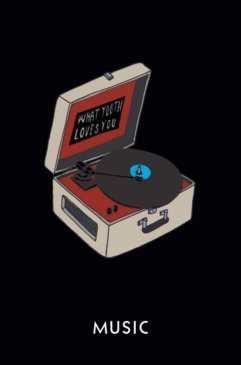
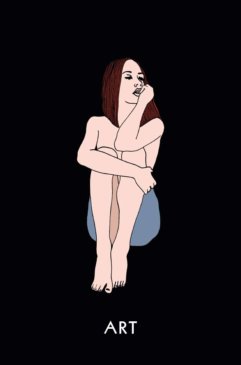
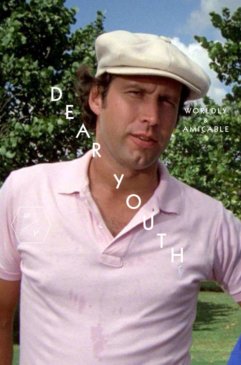
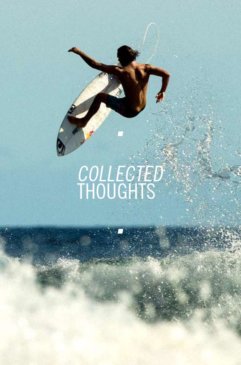


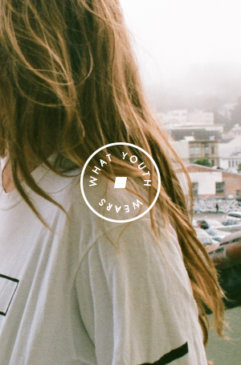

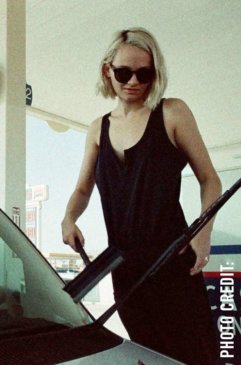


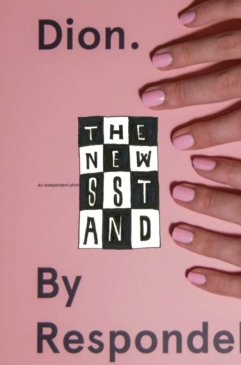
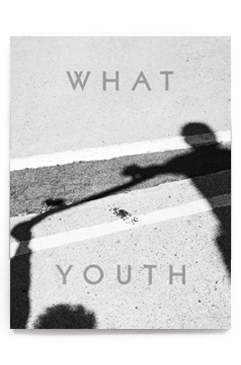

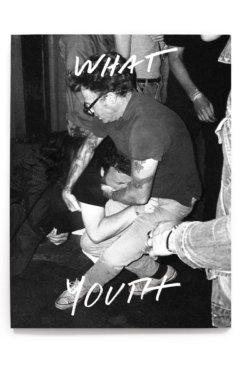
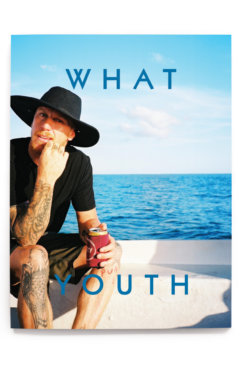
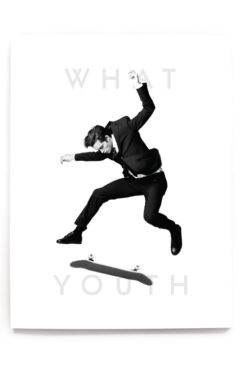
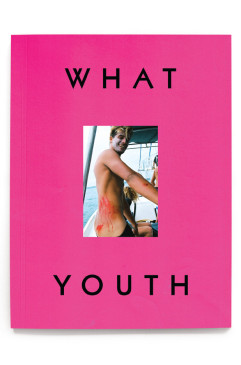
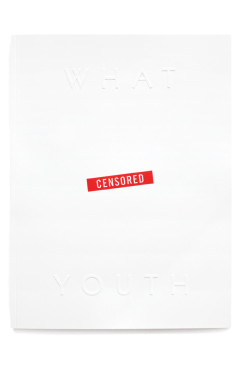
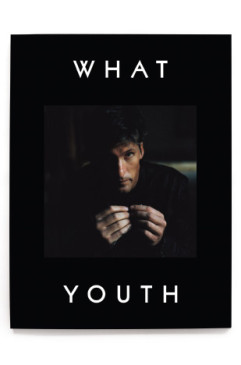
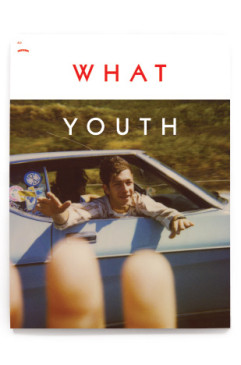
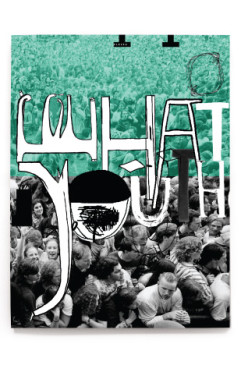
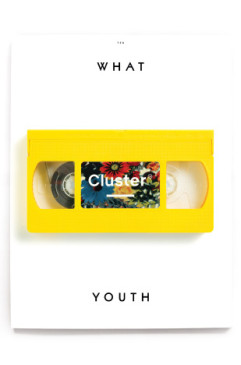
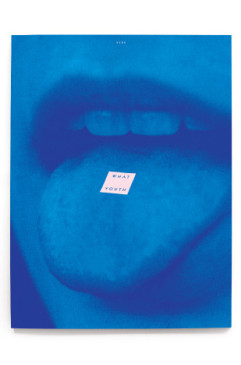

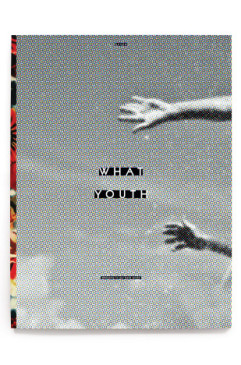
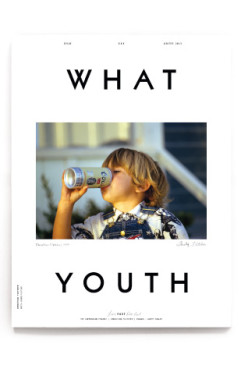
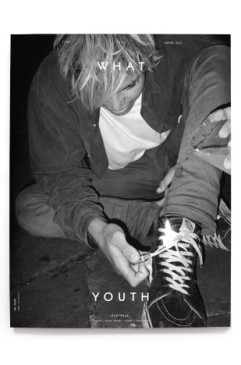
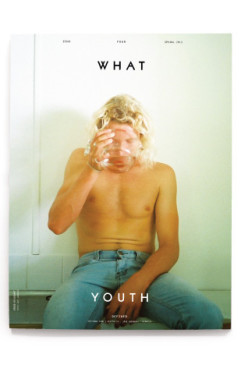
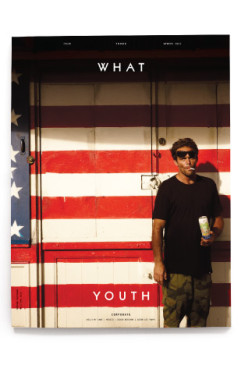
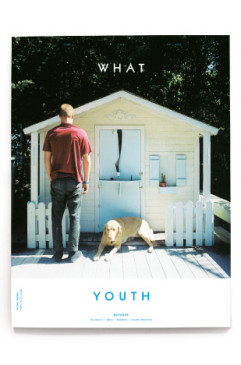

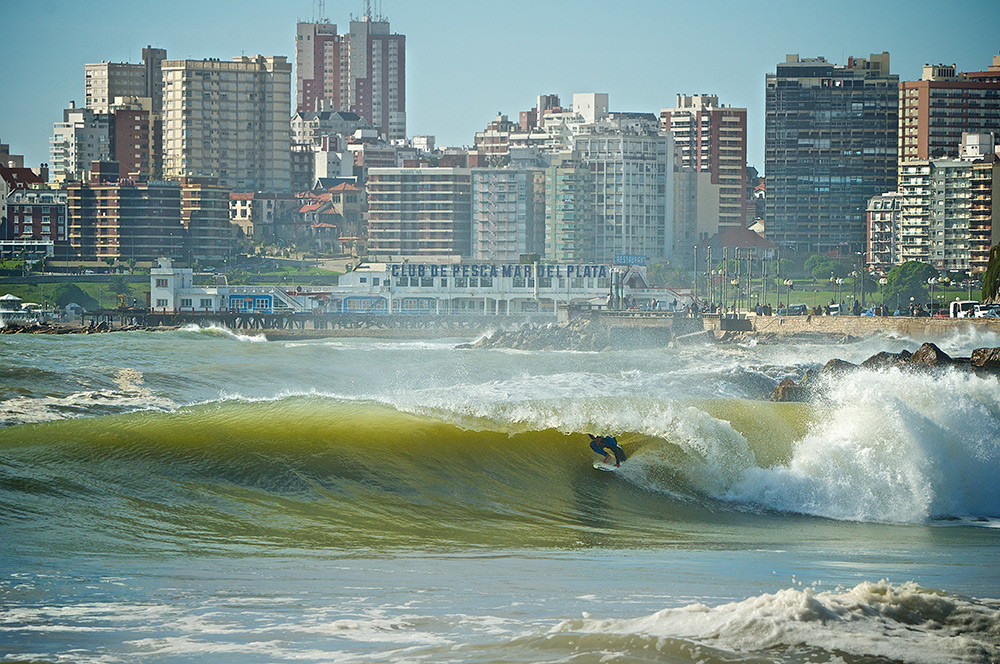
 NXT
NXT 
